Quasi burst onto stage amidst a flurry of bird sounds, with bandmates and former spouses Sam Coomes and Janet Weiss taking places behind their respective instruments, huge grins on their faces.
Quasi Comes to Motorco
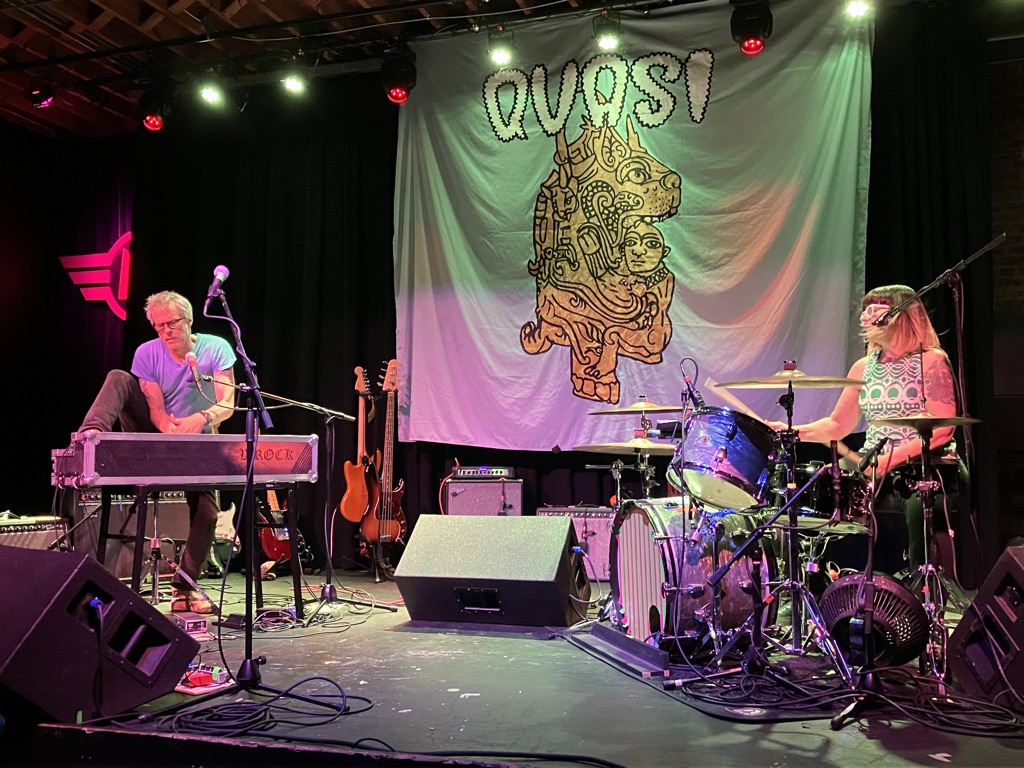
Between her time making playlists for future DJ sets, Wordgirl loves to watch movies and read books. You can find her hanging out with her cat, Mouse, and playing music too loud in her headphones.

Quasi burst onto stage amidst a flurry of bird sounds, with bandmates and former spouses Sam Coomes and Janet Weiss taking places behind their respective instruments, huge grins on their faces.
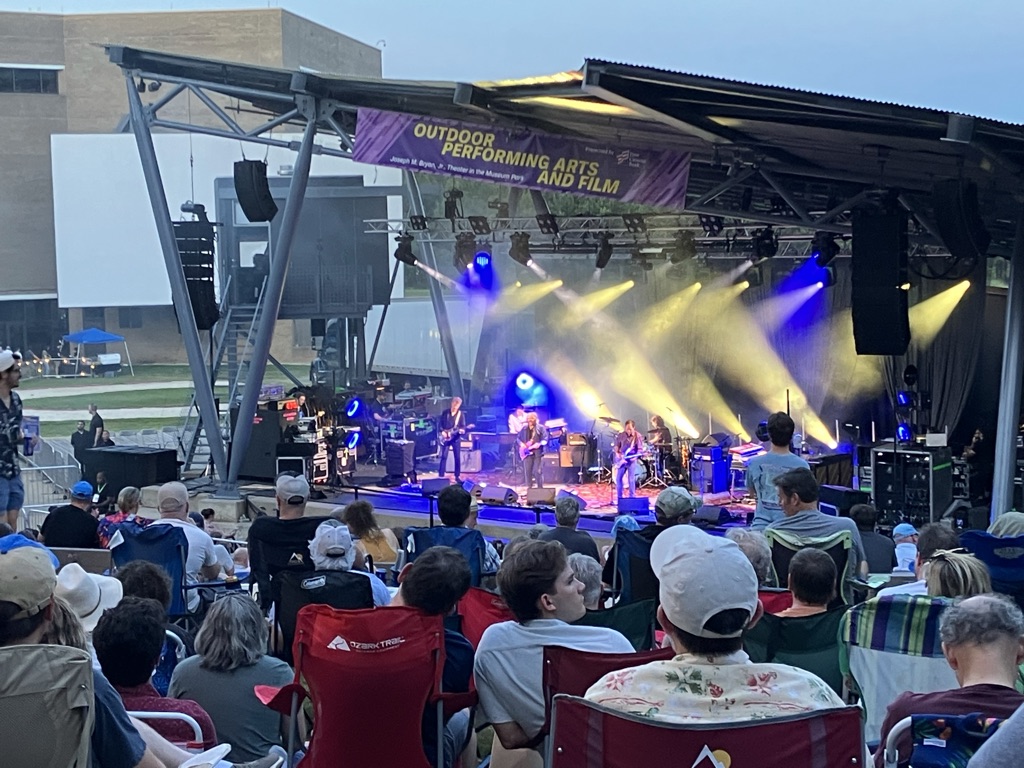
I first heard of Wilco when I was about fifteen years old.
At this age, I was meeting with a weekly writing workshop to share our own work and discuss the work of those we admired. We would print out poems and short stories to pour over and pick apart. Our small group was led by the local author Frances O’Roark Dowell, who still to this day provides me with a fountain of wisdom and inspiration.
One summer day, Frances brought the lyrics from Wilco’s “I Am Trying to Break Your Heart.” She handed out the printed sheets of paper and we took a moment to read.
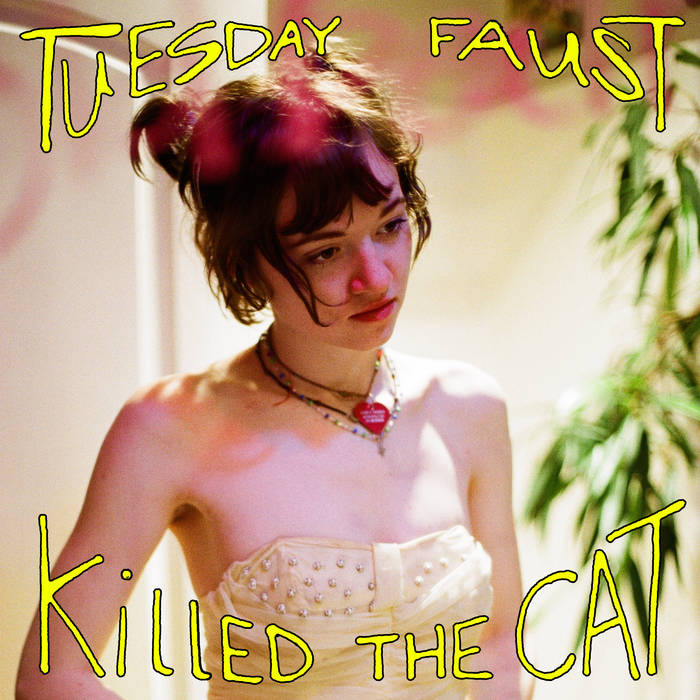
Whimsical and sweet, the first time I heard “Paul” by Tuesday Faust, I was transported far, far away back to my elementary school field trips to the state fair and family summer vacations roaming the beach boardwalk carnival, watching the bright lights and listening to the lilting calypso themes emanating from various cash-grab rides.
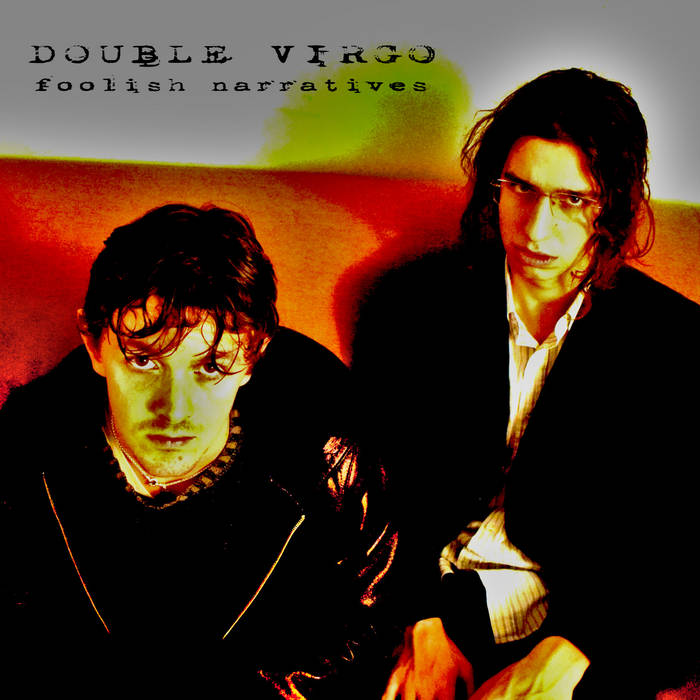
Bar Italia began by accident. The members were all living in one building in Peckham, England in 2019. Jezmi Tarik Fehmi and Sam Fenton lived downstairs in a single shared apartment, making music as Double Virgo. Meanwhile, Nina Cristante lived upstairs, teaching pilates.
The name Double Virgo is self-referential, as Fehmi and Fenton share the same star sign. Their sound is rhythmic, emotive and dark.
Bar Italia formed later on, first signing to Dean Blunt’s music label Word Music before recently switching over to Matador Records to release their new project “The Twits.”
I was lucky enough to see Bar Italia play at Motorco Music Hall last March. Fehmi, Fenton and Cristante seemed to revel in their mysterious presence. They came on stage thirty minutes past nine p.m., played for strictly 50 minutes without pause and then left abruptly with a briefly whispered thank you to the crowd, only stopping to pass the set list off to a person standing near the front of the stage.
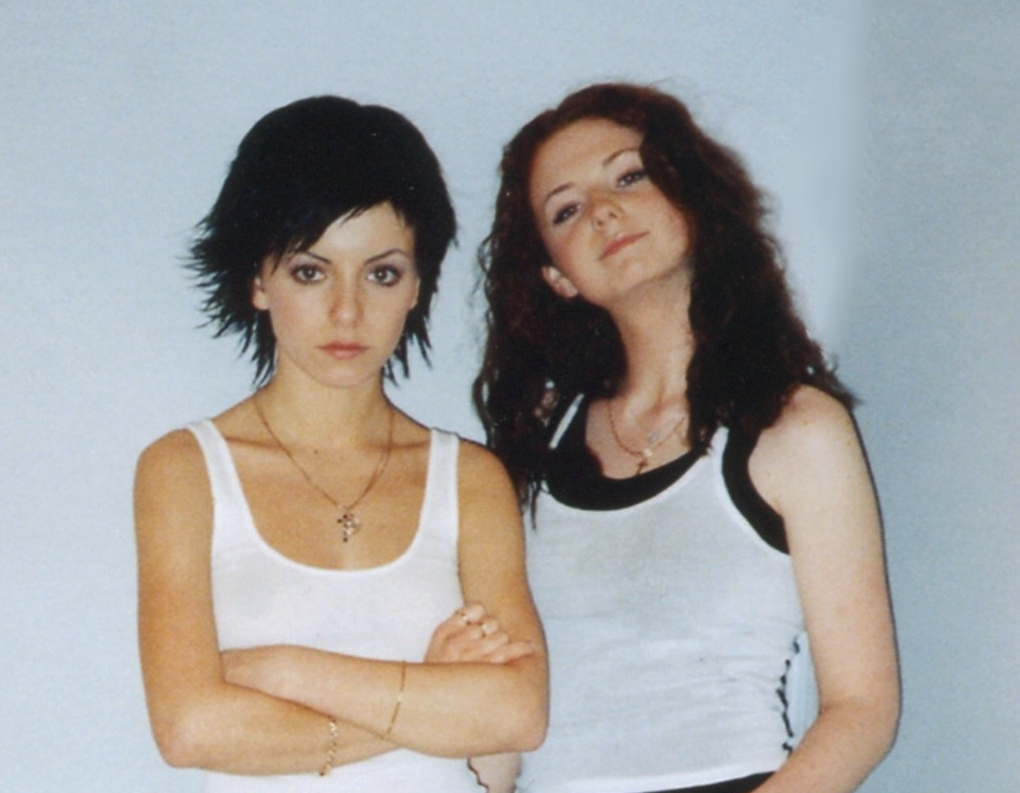
My discovery of this strange story begins with Morrissey.
One day, scrolling through twitter, I came across a screenshot of an interview with the prolific frontman of The Smiths.
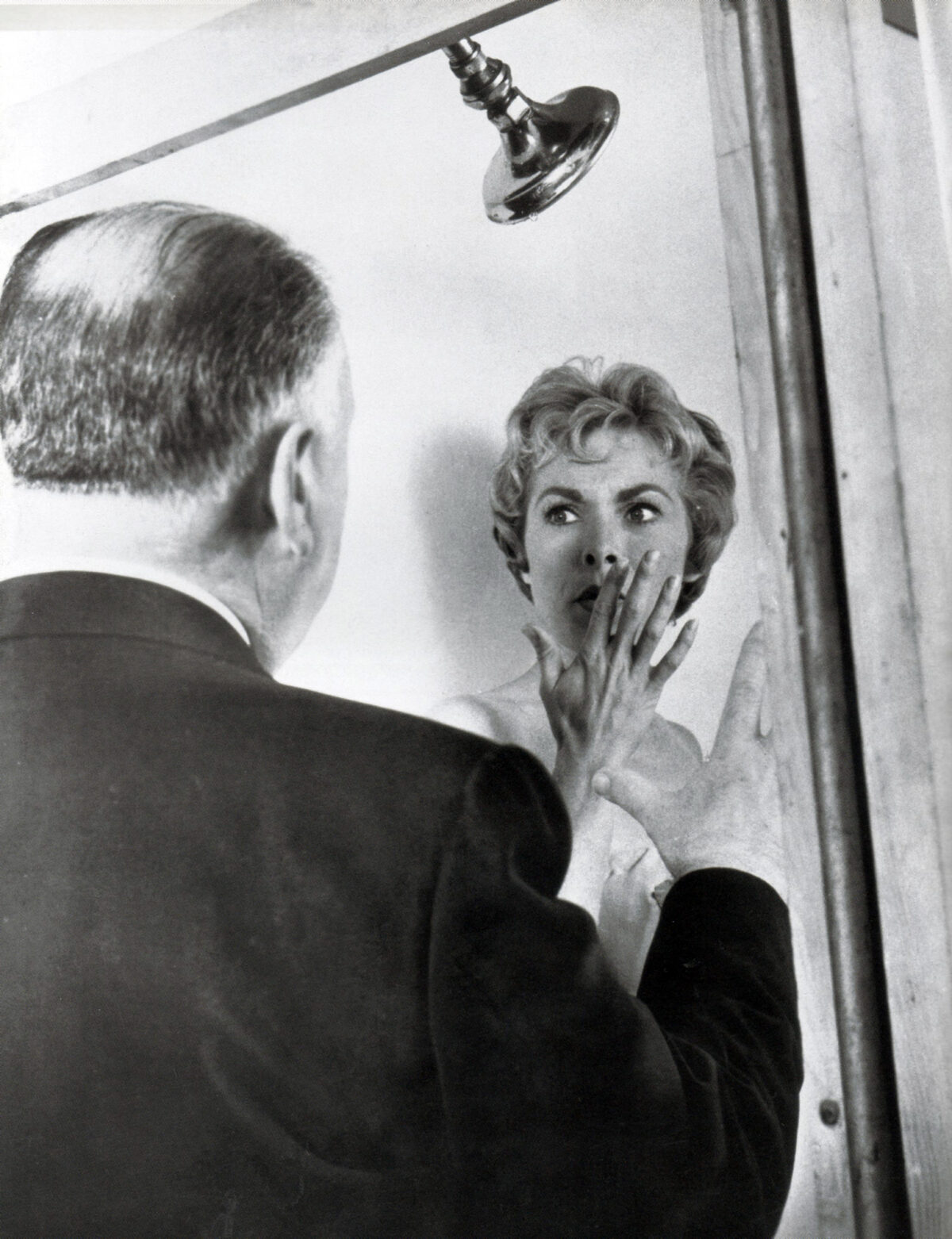
When I was younger, I would cower at the thought of silly campfire stories, checking under the bed and in closet corners before I went to sleep. But as I’ve grown older, I’ve sought out more and more scares.
Some of my favorite experiences with film have been in theaters — jumping so hard that I spill my popcorn — or with a friend, peeking out nervously through our fingertips. Further, some of my favorite music is from horror soundtracks.
Through the use of music, or the lack thereof, a director can build tension, anticipation and cue the audience as to what might be around the corner. They can also heighten the horror of the mundane, making empty hallways or creaking floorboards suddenly terrifying.
One of my most cherished horror soundtracks comes from the 2016 movie “Raw.” Its protagonist, Justine, is a vegetarian whose first year at veterinary school is interrupted by a new and insatiable craving for human flesh. The film utilizes the bloody terror of cannibalism as a metaphor for coming of age as a young woman.
In the background of each highly troubling scene is Jim William’s beautiful and sweet synth score. The music swells and sweeps, grand and dramatic and yet highly empathetic, filled with droning, repetitive sounds both low and high.
Williams spoke in an interview about how he tried to write a score that followed Justine’s journey as a character, starting out with “naive children’s music” and ending somewhere with “visceral rock.”
It’s clear in listening to the album how much depth is there in each song, with tracks like “Lust,” propelling themselves forwards with the energy of a ballerina’s crazed dance. Then, on “Finger Scene,” the piano is light and lighting before growing heavier and more urgent, conveying an escalation in mood.
Williams also mentioned how some of his inspirations included Ennio Morricone and Bernard Herrman, two extremely accomplished film composers. While Morricone created orchestral symphonies for films like “The Good, The Bad, and the Ugly” and “A Fistful of Dollars,” Herrman worked on projects like “Vertigo” and “Taxi Driver.”
William’s idols are particularly relevant to the history of horror, as before the advent of the synthesizer, most music made for films had to be orchestral and in the vein of Morricone. His work just happens to be a genius combination of the two.
In fact, it was Herrman who composed one of the most famous early horror soundtracks for Alfred Hitchcock’s “Psycho.”
The movie, which came out in 1960, was revolutionary because of its use of music. At first the score starts out as very subtle, suggestive of a possible catastrophe, before peaking at the infamous shower scene with shocking harsh string tones that come across as fingernails scratching down a chalkboard.
Herrman’s score in this scene serves as the catalyst of the jumpscare, electrifying viewers through its violent orchestration.
One of the next revolutionary film scores in horror came from John Carpenter’s “Halloween.” The iconic, yet simple, repetitive track only took three days to compose and record. Its heavy use of the synthesizer marked a huge departure in the music of horror, more like the screeching and uncomfortable “Psycho,” soundtrack and less like classical Hollywood instrumentation.
The “Halloween” score is heavily credited in transforming an otherwise anticlimactic slasher with high amounts of tension. Empty suburban streets were suddenly full of murderous potential, back to the idea of turning the mundane into the horrible.
In an interview, Professor Neil Lerner of Davidson College discussed how “Halloween” did not come out of a void. He directly cites “Psycho” as an influence, noting the shower scene that utilizes only two pitches in comparison to the repetitive sounds of “Halloween.”
Further, this innovation was partly motivated by budget. Lerner discusses how the “Psycho” budget was so low that Hermann did not have the money to pay for a full orchestra, only the strings. Similarly, Carpenter only had a 300,000 dollar budget for “Halloween,” motivating the director himself to sit down and compose the piece.
The theme of limited budgets continued throughout the 1970’s and 80s with the next great horror movie, “Jaws,” also focusing around two uncomfortable and repeating tones. Composer John Williams recalls how Steven Speilburg thought he was pranking him when he proposed just E, F, E, F, E, F, D, F for the theme of the shark.
So, what makes these soundtracks so scary? How do they work? And why do they continue to persist throughout pop culture? As someone who loves music but struggles to understand a songs’ complicated inner-workings, these questions fascinate me.
Firstly, it seems there is the principle of dissonance, or an overall lack of harmony in music. There are typically major and minor chords which comprise any given track, with the former being associated with positive emotions and the latter conveying sadness or darkness.
This is where dissonance comes into play. In each of these tracks above, there are two or more minor notes combined together at once, which simultaneously sounds unpleasant and works to elevate feelings of fear and natural discomfort. This is highly present in the “Halloween” theme.
Building on this, the combination of sounds in any given musical landscape helps in creating an overall mood or feeling. It’s like a garden of several plants and flowers, growing together, intertwining and sustaining from the same soil.
In the “Halloween” theme, dark, shattering notes thrum together at lower pitch. In the “Psycho” theme, high-pitched strings are paired not only to build that dissonance, but every note is accented at a higher pitch, making it almost feel like it’s imitating the stabbing knife.
Going back to the work of Jim Williams, what stands out about his soundtracks is that he seems to combine all aspects of dissonance and an uncomfortable musical landscape with a complex instrumentation that builds a sense of security before delving into the uncanny. His fusion of Morricone-style orchestral scores with the preceding horror legacy of droning notes and underlying fear makes for a highly effective and intense listening and viewing experience.
Another fantastic modern horror score is that of Disasterpeace, aka Rich Vreeland, a well-known video game composer who worked on the movie “It Follows.”
The track “Title” is tense and somehow lush. It feels like you’re walking home late and night, looking over your shoulder, feeling a cold breath on your neck and back as the music intensifies.
When the stronger instrumentation kicks in around the one minute mark, it so perfectly captures that horrific, striking moment of fear in your heart during a jumpscare. Maybe there was someone there following you all along.
In a Pitchfork review of the score, author Jeremy Gordon writes that Disasterpeace’s “’Title’ sounds like an update of Carpenter’s Halloween theme, as a lonely piano line is slowly enveloped by gothic dread.”
And clearly, the inspiration is there. There are the same dual, pulsing notes.
In this way, horror music seems to build on top of each other, like stray seeds that have blown in and settled in the already-grown garden, populating the old landscape with new vines and fruits and flora.
The landscape of horror soundtracks now is ripe with influence and integration of old and new, growing scares with two-tone dissonance and homages to the past. I look forward to all the scares to come.
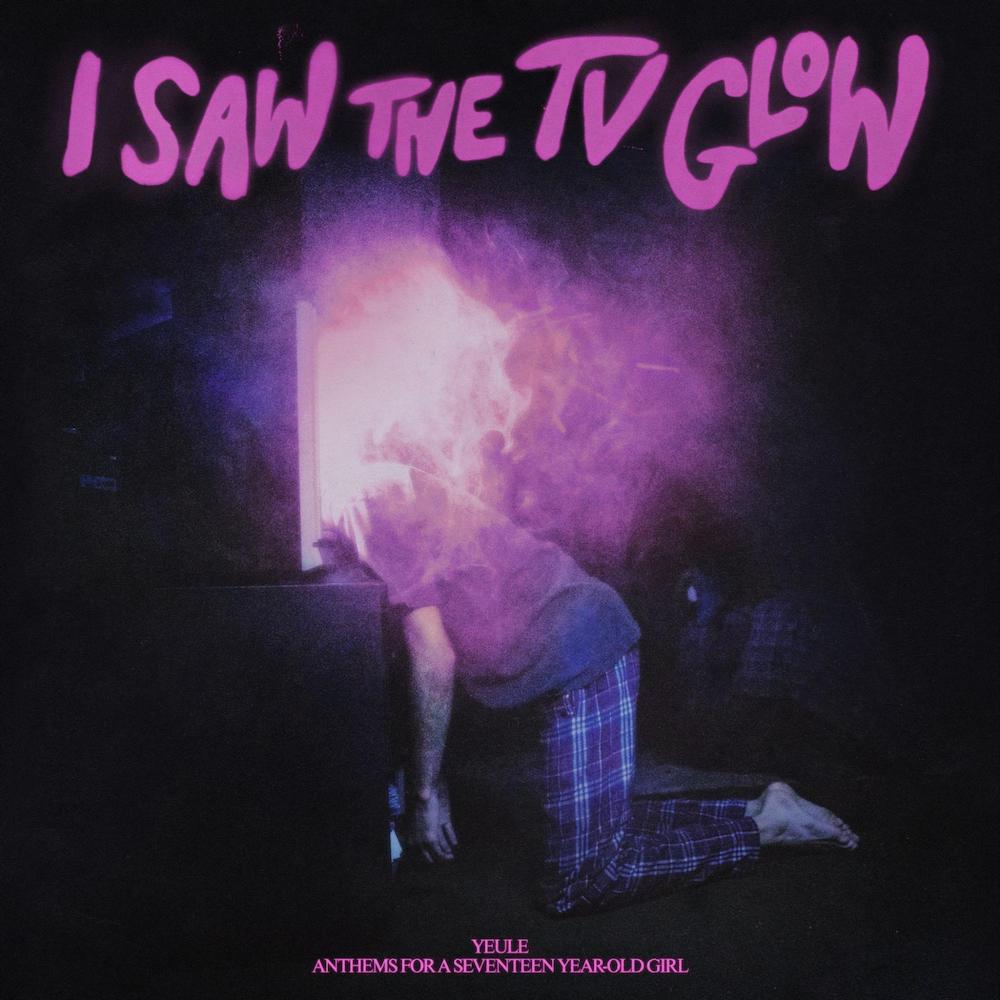
It seems strange that a twenty-two year old song could suddenly feel new again.
In 2002, the Canadian band Broken Social Scene released their album “Anthems.” One of their most persisting and remembered tracks is “Anthems for a Seventeen Year-Old Girl.”
The whole song is like high school condensed into a sweet four minute and thirty-one seconds, a sort of hazy, harmonizer-pitched dream, backed by beautiful, transcendent violins.
And, of course, that impossibly catchy riff: Park that car. Drop that phone. Sleep on the floor. Dream about me.
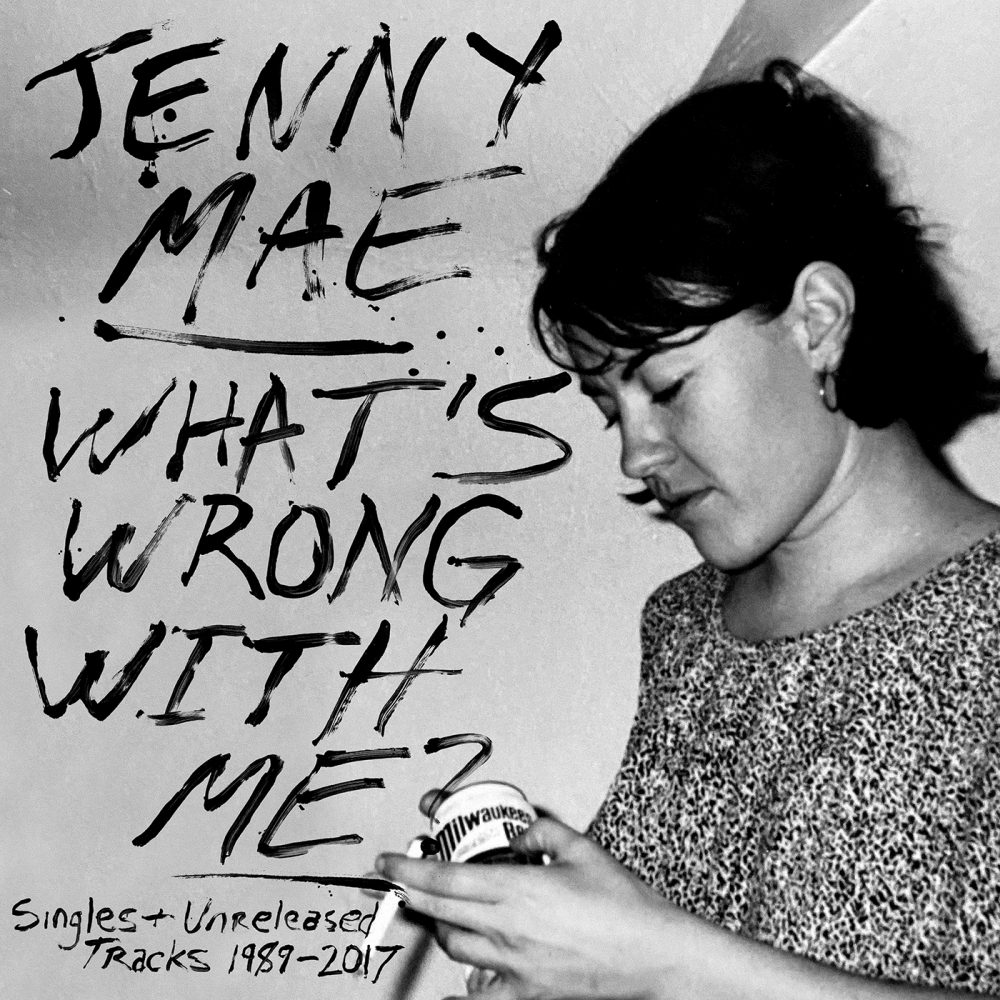
Only a day ago, a friend texted me, “Have you ever listened to Jenny Mae?”
I hadn’t. He sent me the link to her album “What’s Wrong With Me?” via youtube, and I listened to the whole thing through, once, twice and then a third time.
It was strange, soft, sweet and deeply Ohio-ian, somewhat like a mix between the artists Broadcast and Kimya Dawson and Vashti Bunyan. Each of the songs felt deeply personal, deeply intimate, as if you were sitting on the bedroom floor of a close childhood pal listening to them play for you.
The compilation album of Jenny Mae’s works called “What’s Wrong With Me?”
I needed to know more, and there was not much information to work with. What information I did find, however, painted a portrait of a deeply troubled and deeply fascinating artist that deserves far more recognition than she received during her lifetime.
Jenny Mae, born Jenny Mae Leffel, was raised in a five sibling household in South Vienna, Ohio. She was the life of the party, the ringleader, a popular tomboy who won awards for her trumpet playing at a young age.
Her high school boyfriend and long-time advocate, Bela Koe-Krompecher, recalls Leffel’s magnetic laugh and that she won the yearbook accolade of Funniest Girl. When it was time for the two to go to college, he followed her to Ohio State.
The two immediately immersed themselves in the music scene, becoming regulars at local bars and house shows, and Leffel playing in the OSU marching band.
Leffel soon began performing with her band Vibralux, thrifting three or four dollar gowns to wear up on stage, with her early performances being described as “gauzy and delicate.” Her major influences included artists such as the Beach Boys and the Beatles.
In a time where the Ohio musical landscape was loud and brash, Leffel’s music was dark, understated, and airy. Even though Vibralux broke up in 1993, Leffel continued to work on her own, notably releasing a single with the acclaimed band “Guided by Voices.”
From then, Leffel made the decision to suspend her education and work on her solo career. Koe-Krompecher and Leffel had broken up, but he still helped her produce her first album called “There’s a Bar Around the Corner… Assh–s.”
It was a local critical success, marking an important achievement for Lefell. However, it was here that her troubles with addiction truly began.
She was a burgeoning alcoholic, getting drunk privately and in public. “I have a bad drinking problem,” Lefell said, even recognizing the issue. “I was drunk when we recorded, drunk when I did the credits, and drunk right now.”
Despite this, she continued to record, releasing her sophomore album “Don’t Wait Up For Me,” to recognition from magazines such as Spin. She did a small tour with artists Cat Power and Neko Case.
However, afterwards, Lefell continued to drink and began dabbling with cocaine. Her relationships with men became more erratic and family and friends reported signs of her decreasing mental health. She would hallucinate and experience troubling panic attacks.
By 2005 she was unhoused, living in Ohio and sleeping outside the OSU music building so that she could play the piano at night.
In a moving article, Koe-Krompecher details trying his best to look after her during this time, visiting her frequently while also caring for his young family. He attempted to place her in temporary housing only for her to continuously get kicked out. In his own career path, he had become a social worker.
“The system just failed her,” Koe-Krompecher said. “I did a lot of stuff from my end…trying to get her in the right place…But she never really realized she was homeless.”
Lefell’s health and addiction only kept getting worse. In 2017, she died of liver failure. According to Koe-Krompecher, she was still cracking jokes up until the moment she died, retaining her vivacious laughter.
Reading through all this, I was shocked that such a captivating life had faded to such obscurity. Koe-Krompecher remains Lefell’s greatest champion, publishing a book about their relationship and Ohio in the 90s called “Love, Death, and Photosynthesis.”
Exploring her discography, the music of Jenny Mae Lefell remains pop perfection to this day. Her songs are indeed gauzy and delicate, but also dark, tinged with sweetness and a brutal honesty.
She does not shy away from reflecting on her mental state. On “Ho B—,” she sings, “Why am I so moody / Oh no / How did I get unhappy.”
These lyrics are not phrased as questions, but flat statements. She doesn’t know, but she’s not asking. It’s just the truth.
Her deep sorrow is cushioned with a catchy, classic pop chorus of “La la la la,” which almost works to offset the whole thing with an air of carefree acceptance.
This song, I think, captures how Koe-Krompecher remembers Lefell’s personality, her larger-than-life disposition juxtaposed with the crippling struggle within her own mind.
Reading about Lefell, one story that struck me came from her early childhood. She convinced her younger sister to climb to the very top of a tall pine tree, toting burlap sacks fit with pillows that they would supposedly float down in.
Unlike Winnie the Pooh, however, who accomplished a similar trick with a red balloon, Lefell and her sister crashed into the dirt. Fortunately, neither of them were hurt.
Lefell’s career is the pine tree: she reached as high as she possibly could, nearing the top, before falling to the cold, hard ground.
Even so, her music is as euphoric and full of whimsy as arriving at a great height, akin to the rush one gets from the peak of a ferris wheel or scurrying up an oak as a kid, knees skinned from the bark and twigs. Listening to Lefell’s voice is like capturing a bit of that magic for yourself, a magic that will live on forever.
Top Tracks:
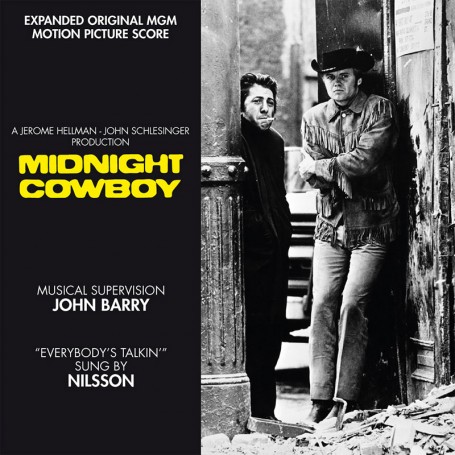
One of my favorite movies of all time is “Midnight Cowboy.” It’s not a comforting movie, but it’s one of my comfort movies.
The story follows an unlikely friendship between a wannabe male prostitute with a dark past from Texas, played by Jon Voight, and sickly hustler with a limp, played by Dustin Hofman. The movie was highly controversial at the time, as it has deep and undeniable queer undertones, and it was given an X rating. Still, the movie took home a host of prizes, including three Academy Awards: one for best picture, one for best director, and one for best writing.
Throughout the entire movie one song persists, and that song is “Everybody’s Talkin’”. From the very first moment it plays, encompassing the entire universe of the film, the longing, the desire, the loneliness and aimlessness.
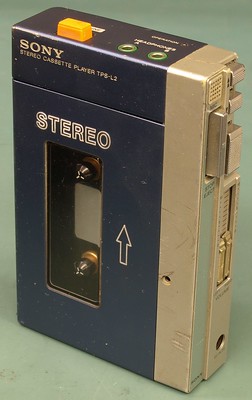
In his article “The Walkman Effect,” researcher and musicologist Shūhei Hosokawa outlines the innovation and the inner and outer effects of the new listening device. He claims that the Walkman was the beginning of the personalizable listening experience that created the personal autonomy of choice.
Rather than alienation from the world, the Walkman was solid as a sort of self-enclosure for people. To Hosokawa, the Walkman represents a symbiotic self that affects the transformation of the outer urban environment and the inner environment as both a strategy and device.
Music is generally both public and involved with noise, including street musicians, the cacophony of cars and construction, portable speakers and open car windows. But the Walkman is private. Walkman owners listen to music in a hidden mental sphere, removed from outer sounds. The Walkman is not a technological revolution, but a social one.